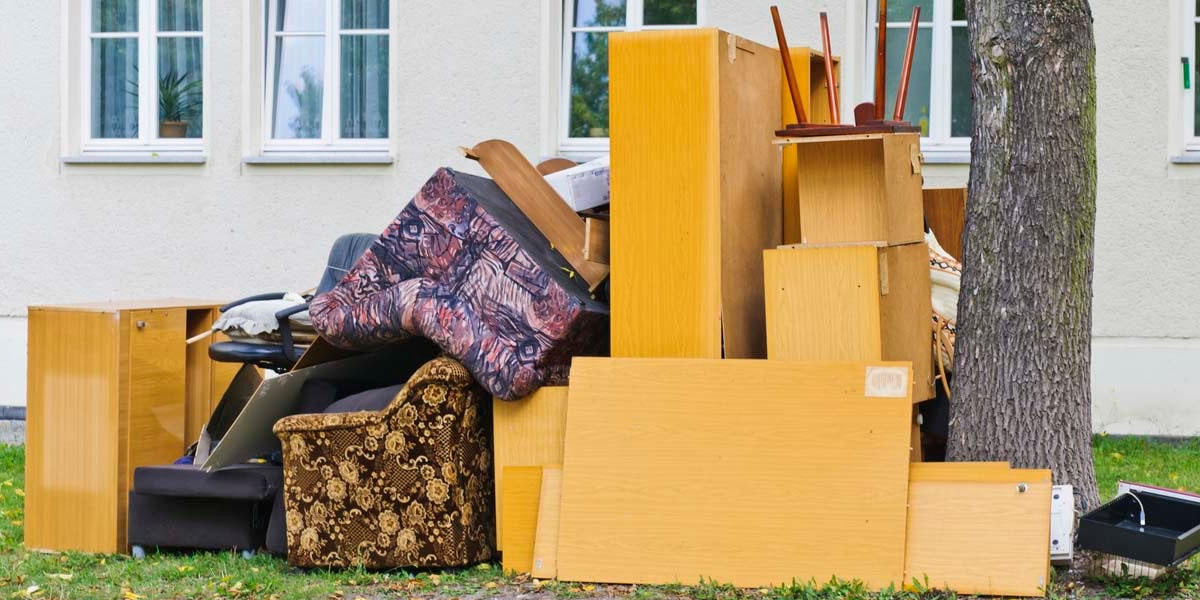Understanding the Recycling Process for Common Materials
Understanding the Recycling Process for Common Materials
Blog Article

Recycling and responsible waste disposal are essential components of environmental stewardship. As individuals and communities face growing challenges related to waste management, understanding the recycling process and how to dispose of materials correctly becomes increasingly important. This article will guide you through effective recycling practices for common materials, best practices for waste disposal—particularly for hazardous items—and how to find local recycling guidelines to ensure that your efforts contribute to a healthier environment.
Understanding the Recycling Process for Common Materials
Recycling involves converting waste materials into new products, reducing the need for raw materials and minimizing landfill waste. Here’s how to recycle some of the most common materials:
Plastics
Plastics are often marked with a recycling symbol containing a number from 1 to 7, indicating the type of plastic. Here’s a simple step-by-step guide:
- Check the label: Look for the recycling symbol and number on the plastic item.
- Rinse: Clean any food residue from the plastic to prevent contamination.
- Sort: Place the cleaned item in the appropriate recycling bin based on the local guidelines.
Paper
Paper recycling is straightforward, but it’s crucial to avoid contamination with non-recyclable materials:
- Gather: Collect newspapers, cardboard, and office paper.
- Remove: Take out any non-paper materials like plastic windows from envelopes.
- Place: Put the clean paper into the recycling bin.
Metals
Both aluminum and steel can be recycled effectively:
- Clean: Rinse out any food or liquid from metal containers.
- Sort: Separate aluminum from steel as some facilities prefer them to be kept apart.
- Recycle: Dispose of them in the designated recycling bin.
Best Practices for Waste Disposal and Hazardous Materials
Not all waste can be recycled, particularly hazardous materials, which require special handling to prevent harm to both people and the environment. Here are some best practices for disposing of such items:
Identify Hazardous Waste
Common hazardous materials include batteries, paints, chemicals, and electronics. These should never be placed in regular trash or recycling bins.
Proper Disposal Methods
Follow these steps for safe disposal:
- Research: Look for local hazardous waste disposal programs or events.
- Store Safely: Keep hazardous materials in their original containers, and ensure they are stored securely until disposal.
- Participate: Take items to designated drop-off locations or events organized by local authorities.
Finding Local Recycling Guidelines
Recycling practices can vary significantly from one community to another. To ensure that you are following local regulations, consider the following steps:
Explore Local Resources
Visit your city or county's official website, which often includes detailed information on recycling programs, guidelines for acceptable materials, and disposal locations. You can also explore resources like the following link for comprehensive information on recycling and disposal practices: find local recycling regulations.
Engage with Community Programs
Joining community initiatives focused on recycling and waste reduction can enhance your understanding and promote responsible practices. Local groups often provide workshops and events aimed at educating residents about effective recycling strategies.
In conclusion, understanding the principles of recycling and disposal is vital for fostering a sustainable environment. By following established practices for various materials and engaging with your community, you can contribute positively to waste management efforts. Your actions can help pave the way for a cleaner, healthier planet for future generations.
Report this page